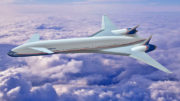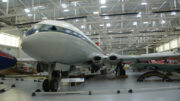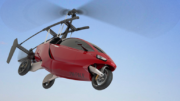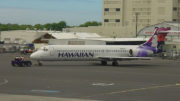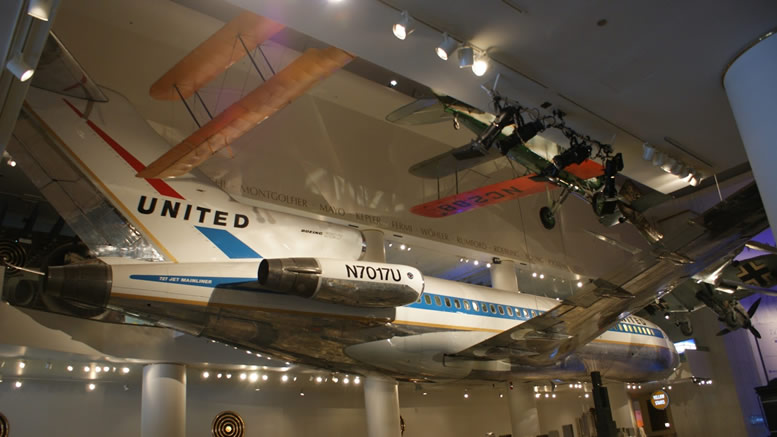 The Boeing 727 was the best selling jet liner in the world for 30 years. The first tri-jet introduced into commercial service, the 727 first took the skies during the 1960s, much earlier than its bigger and more famous sister the Boeing 747. It’s record for the most number of planes sold was broken in the 1990s by the Boeing 737.
The Boeing 727 was the best selling jet liner in the world for 30 years. The first tri-jet introduced into commercial service, the 727 first took the skies during the 1960s, much earlier than its bigger and more famous sister the Boeing 747. It’s record for the most number of planes sold was broken in the 1990s by the Boeing 737.
Production of the 727 extended from the early 1960s to August 1984, the 727 was designed to be a replacement for Boeing’s first jet liner the 707 first launched in the 1950s, the 727 and 727 were sold along side each other for quite some time, although most major airlines invested in the new 727, the 707’s production didn’t stop until 1991.
The 727 design arose as a compromise between United Airlines, American Airlines, and Eastern Airlines. United Airlines wanted a four-engine aircraft for its flights to high-altitude airports, especially its hub in Stapleton International Airport. American wanted a twin-engined aircraft for efficiency reasons. Eastern wanted a third engine for its over water flights to the Caribbean. Eventually, the three airlines agreed on a tri-jet, and thus the 727 was born.
The 727 has proved very successful with airlines world-wide because of its capability of landing in smaller runways while flying medium range routes. This effectively allowed airlines to attract passengers from cities with large populations but smaller airports to worldwide tourist destinations.
One of the features that gave the 727 its ability to land on shorter runways was its unique wing design. Through flap extension and leading edge slat deployment, the 727 could almost double its wing surface area, allowing it to fly with great stability at very slow speeds. The 727’s three powerful engines enabled quick take-offs from the shorter runways, as well.
Even as the 747s came about during 1970, international airlines worldwide still needed the 727. Many of the airlines were from medium to large sized countries and needed to transport their passengers to the larger communities where they would catch the bigger airliners for their international flights.
In addition to that, the 727 proved extremely popular because the range of flights it could cover meant that the 727 would prove efficient for short to medium range international flights in areas around the world.
The 727 also has proved popular with cargo airlines and charter airlines. Federal Express began the cargo airline revolution in 1975 utilizing 727s. Many cargo airlines worldwide now employ the 727 as a work horse. Many 727s that were initially sold as passenger planes have been refitted for cargo work, A tatty and tired passenger jet is one of the cheapest ways for small cargo companies to establish an airfreight business. Boeing even made a 727 variant that had a large door on the main deck so the plane could switch from passenger to cargo work with ease.
The 727 proved so popular that many have described it as the “DC-3 of the Jet Age,” meaning, like he aforementioned plane, the 727 was a reliable and versatile plane that formed the core of many start-up airlines’ fleets.
By the turn of the 21st century the 727 was still a vital part of some American major airlines’ (United, American, Delta, Northwest, Continental, Alaska, to name a few) fleet, but events would soon change that. The post 9/11 economic climate was perhaps the US Airline Industry’s worst trauma since deregulation. Most airlines were already switching to twinjets, airplanes with only two engines. Twinjets tend to be much more efficient than planes with three (like the 727) or four jets. Also, the
727 was one of the last airliners in service to have a three person crew, including a Flight Engineer, a crewmember whose job is done by computerized systems on newer planes.
Faced with higher fuel costs, lower sales and the extra expense of maintaining older planes, most major airlines began phasing 727s out of their fleet. Delta, the last major US carrier to do so, retired its
last 727 in 2003. However, the 727 is still flying for smaller start-up airlines, cargo airlines, and charter airlines, and it’s also becoming increasingly popular as a private means of transportation.

